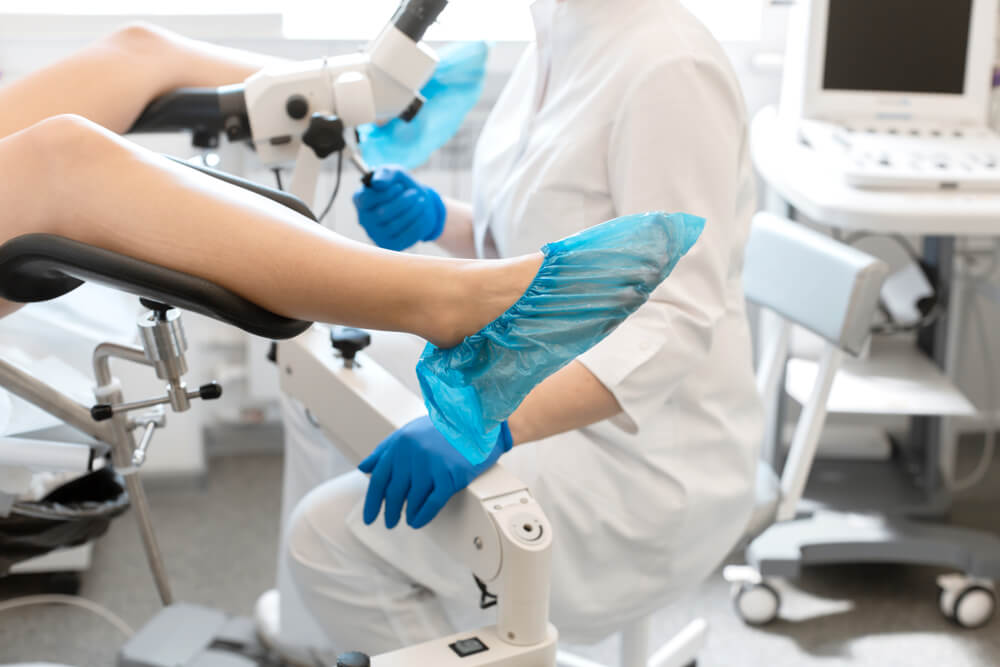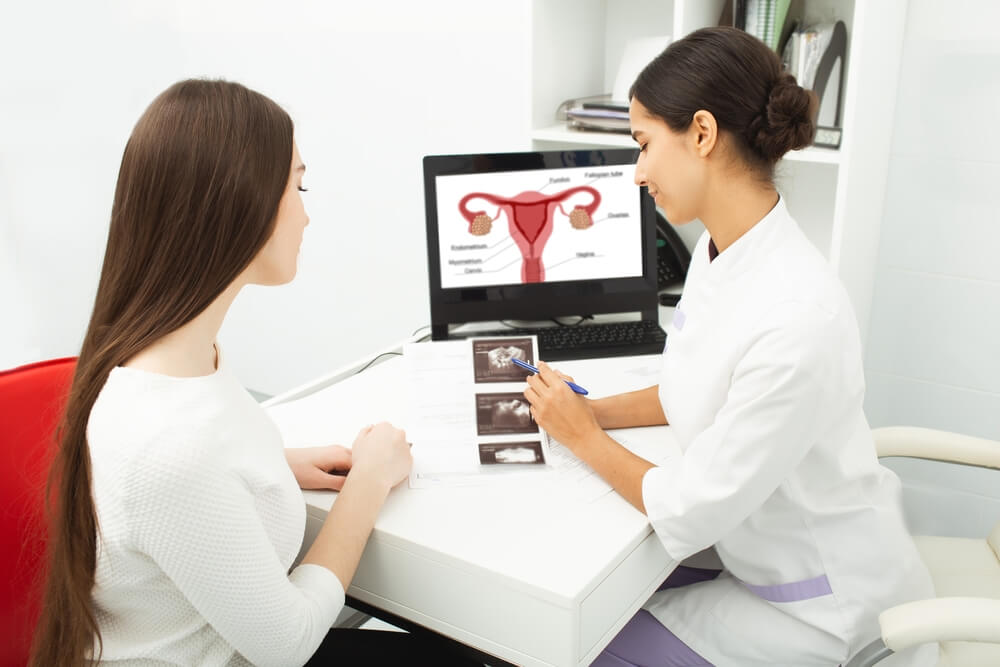Non-cancerous growths that can develop on the uterine wall are called uterine fibroids. In general, these fibroids are typically harmless, but if they become too large, they can cause abdominal pain, bleeding between periods, and even infertility. One of the go-to procedures for fibroid removal has been hysterectomy. Still, thanks to modern advances in medical technology, women can have fibroid and polyp removal with the Hologic MyoSure procedure without general anesthesia or incision.
Symptoms of Polyps and Fibroids
As mentioned, both polyps and fibroids can cause some gynecological issues if they grow too big. Aside from the size of the growths, their location can also trigger specific symptoms. The most commons ones are as follows:
- Severe pelvic pain that doesn’t respond to painkillers
- Unusually heavy period flow and spotting in between periods
- Urinary issues such as frequent urination needs and a slower stream of urine
- Pain during sexual intercourse
If you notice any of the mentioned symptoms, don’t hesitate to contact Dr. Kompal Gadh at Advanced OBGYN Institute.
Polyp and Fibroid Removal with MyoSure
Hologic MyoSure is a less invasive tissue removal technique. The doctor uses a small tool for fibroid and polyp removal without having to cut the skin. This tool makes it possible to remove tissue growths as small as 2.5 millimeters. Typically, the entire process is completed in about half an hour. The MyoSure procedure involves the following steps:
- The doctor inserts a tiny camera into the uterus via the vagina
- When they get the images of the uterine growths, the doctor uses the MyoSure tool for polyp and fibroid removal
- The doctor then checks the uterus to make sure it’s empty
Once a woman is diagnosed with uterine growths, the doctor can quickly remove them with the MyoSure procedure, unless there are potential contraindications present, such as:
- Current pelvic infection
- Perforated uterus
- Uterine cancer
- Cervical stenosis
- Anesthetic allergy
- Current pregnancy

The Benefits of the Hologic MyoSure Technique
Considering the innovative nature of the MyoSure procedure, this technique for fibroid and polyp removal has several benefits. Some of the most notable include:
- The procedure typically doesn’t last longer than half an hour for all the tissue to be removed entirely
- Gynecological issues triggered by uterine growths such as pelvic and abdominal pain and heavy menstrual bleeding can be fixed without invasive surgery
- The technique causes minimal trauma to the uterus and its surrounding area
- The recovery time is considerably shorter
After undergoing Hologic MyoSure for tissue removal, most women can go back to their daily routine in about one to two days. Still, it’s important to note that the recovery rate is mainly dependent on the individual.
The Potential Risks of the MyoSure Procedure
Like all other procedures, there’s a slight chance of experiencing some side effects after undergoing MyoSure. The common side effects are considered to be:
- Fever
- Feeling dizzy
- Vomiting and nausea
- Pain in the lower abdomen
- Bladder problems such as pain during urination or blood in the urine
- Bowel problems such as constipation or diarrhea
Getting diagnosed with polyps or fibroids is typically nothing to worry about, as most of these growths are benign. However, when left untreated, they can grow too big, which can cause issues such as pain, heavy flow, and even infertility. The less invasive Hologic MyoSure tissue removal technique allows affected women to deal with these problems with minimal side effects and a relatively short recovery time. If you’re worried about some of the unusual gynecological symptoms you’re experiencing or simply wish to schedule a gynecological appointment with an experienced professional, feel free to reach out to us at Advanced OBGYN Institute.



